
India to defend ‘red lines’ as fresh tariffs loom
India’s trade negotiations with Washington are continuing but there are lines that New Delhi needs to defend, the country’s foreign minister says, just days before hefty additional US tariffs are due to hit.
Indian goods face additional US tariffs of up to 50 per cent, among the highest imposed by Washington, due to its increased purchases of Russian oil.
A 25 per cent tariff has already come into effect, while the remaining 25 per cent is set to be enforced from August 27.
A planned visit by US trade negotiators to New Delhi from August 25-29 has been called off, dashing hopes that the levies may be lowered or postponed.

“We have some red lines in the negotiations, to be maintained and defended,” Indian Foreign Minister Subrahmanyam Jaishankar said at an Economic Times forum event in New Delhi, singling out the interests of the country’s farmers and small producers.
India-US trade talks collapsed earlier in 2025 due to India not agreeing to open its vast agricultural and dairy sectors.
Bilateral trade between the world’s largest and fifth-largest economy is worth more than $US190 billion ($A293 billion).
“It is our right to make decisions in our national interest,” Jaishankar said.
Analysts at Capital Economics said on Friday that if the full US tariffs came into force, the hit to India’s economic growth would be 0.8 percentage points both in 2025 and 2026.
“The longer-term harm could be even greater as a high tariff could puncture India’s appeal as a global manufacturing hub.”
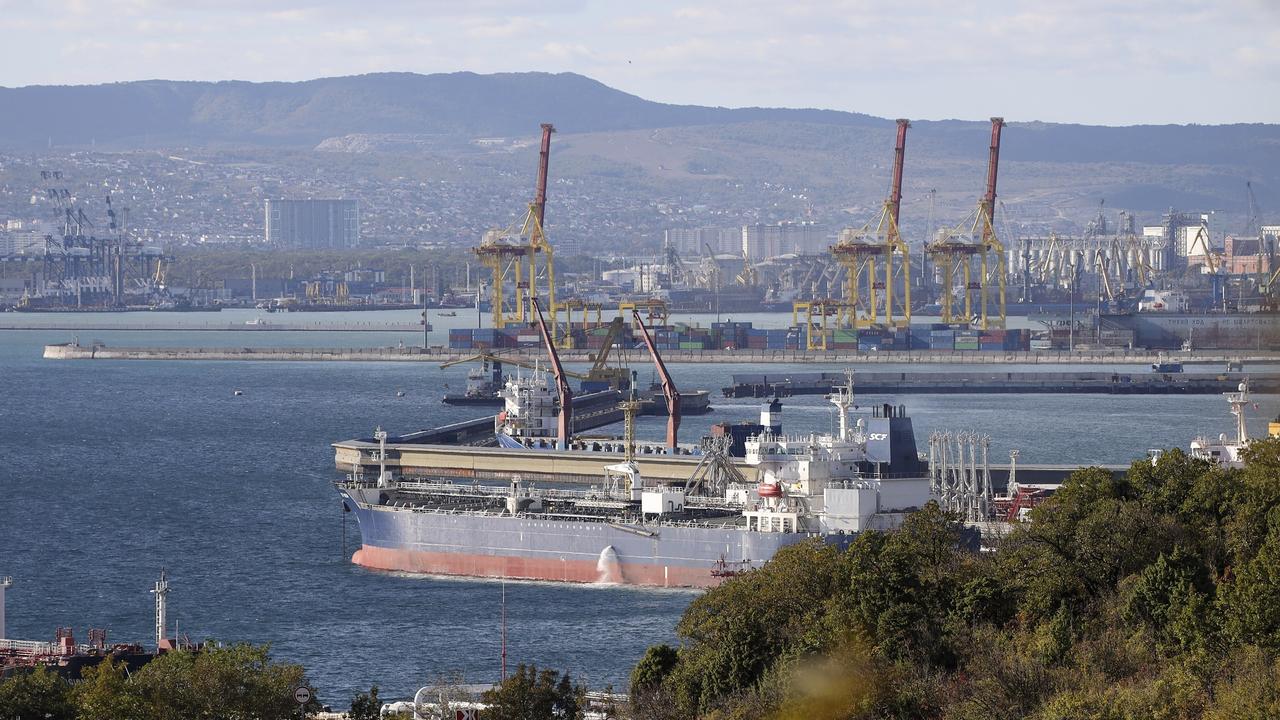
The Indian minister described US President Donald Trump’s policy announcements as unusual.
“We have not had a US president who conducts his foreign policy so publicly as the current one and (it) is a departure from the traditional way of conducting business with the world,” Jaishankar said.
He also said Washington’s concern over India’s Russian oil purchases was not being applied to other major buyers such as China and European Union.
“If the argument is oil, then there are (other) big buyers. If argument is who is trading more (with Russia), than there are bigger traders,” he said.
Russia-European trade was bigger than India-Russia trade, he said.
The minister also said India’s purchases of Russian oil had not been raised in earlier trade talks with the US before the public announcement of tariffs.

Childcare reforms count on tech too much to stop abuse
Governments are being urged to hold for-profit childcare providers to account amid concerns an over-reliance on technology will not curb abusive behaviour.
Federal, state and territory education ministers have agreed to a $189 million trial of CCTV at 300 small and medium childcare operators.
A national register for childcare workers is expected to roll out in February.
Mobile phones will be banned from September, site visits will increase and workers will have mandatory training to detect and report suspected grooming and abuse.
National Children’s Commissioner Anne Hollonds said the laudable measures could work as potential deterrents to predators but emphasised they must be matched with compulsory courses.
“My concern would be that we would overly rely on technology when what is more important is the mandatory child safety training of everyone from the boardroom to the sandpit,” she told ABC on Saturday.
“It’s the human elements that will really help to keep children safer.”
The crisis meeting came after Melbourne childcare worker Joshua Dale Brown was charged with sexually abusing eight children under the age of two.
Brown was known to have worked at 24 facilities between 2017 and 2025.
Early childhood education consultant Lisa Bryant said cameras were good at helping police find perpetrators of abuse that had already happened.
“But I don’t think that they actually stop people from abusing children and so I’m worried about the focus on that,” Ms Bryant said.
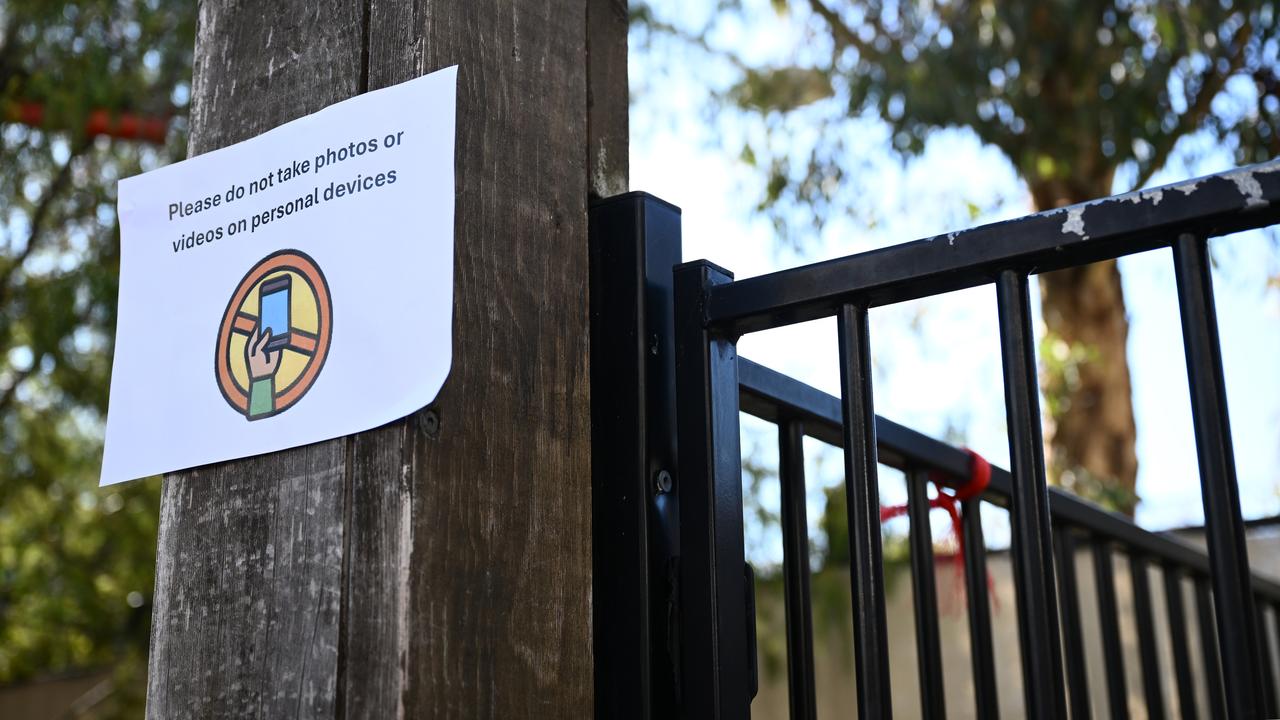
She highlighted a high turnover of inexperienced staff who were paid “really poorly” at for-profit providers.
In her submission to a NSW inquiry into the sector earlier in August, Ms Bryant said media attention and criminal charges had prompted a rush of solutions and levers such as CCTV and phone bans, which were the “wrong answers” to the broader issue.
“The better question is what changed in the sector to make abuse more possible and more likely?” Ms Bryant said.
“The entrance and dominance of private equity and corporate providers is what fundamentally changed this sector.”
Tasmanian Education Minister Jo Palmer said on Friday governments can legislate and tighten laws but do not have a lever to mandate “human decency.”
The Independent Education Union’s NSW secretary, Carol Matthews, called for centre owners and operators to be included in mandatory training, as they often had the final say in referring child safety reports to authorities.
“It is high time that for-profit providers were held to account for failing to ensure the safety of children in their care,” she said.

“The focus on profits rather than high-quality education and care is a big reason behind safety breaches.”
The federal government has vowed to cut off funding to for-profit providers that fail to meet national safety and quality standards.
Childcare worker wages are being increased by 15 per cent over two years under laws that passed federal parliament in November.
Education Minister Jason Clare said restoring confidence among parents would be an ongoing challenge.
“The awful truth is this work will never end because there will always be bad people who try to poke holes in the system and find vulnerabilities,” he said.
1800 RESPECT (1800 737 732)
National Sexual Abuse and Redress Support Service 1800 211 028
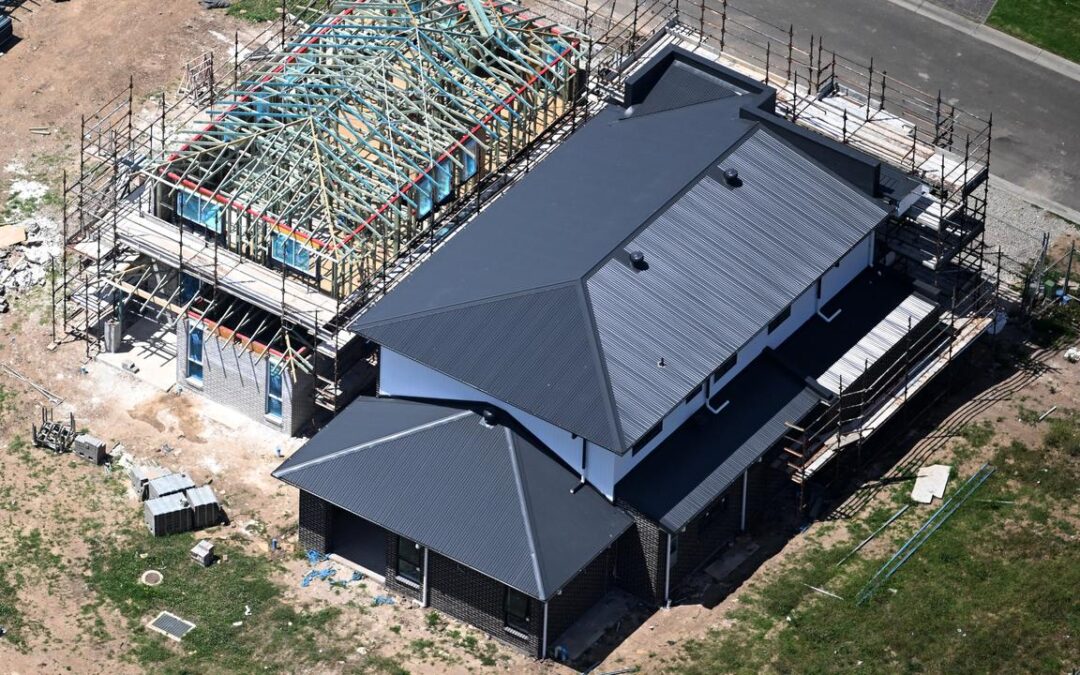
Warning building rule book freeze not consequence-free
From costly electrical upgrades to delicate strata politics, electric car owners are up against it when it comes to installing chargers in apartment car parks.
Putting in charging infrastructure during construction, or at least accommodating future installations in the design, is billed as a far simpler and cheaper option.
Preparing new developments for an anticipated acceleration in EV drivers are the sort of “sensible” tweaks to the national construction code Energy Efficiency Council chief executive officer Luke Menzel wants to see continue.

“If we don’t have those sorts of sensible ideas incorporated into code on a regular basis, we’re just loading up additional costs and additional burdens on the occupants of those buildings down the track,” he tells AAP.
This week, the rather dry, highly technical document found itself at the centre of a government-run economic reform roundtable attended by heavyweights from politics, business, civil society and unions.
At more than 2000 pages long, some argue the construction code is too unwieldy, slowing delivery of much-needed houses and apartments.
Yet as a “floor” for quality and performance, others see it as a necessary tool to keep the next generation of homes safe, comfortable and not wasting energy.
At the end of the three-day summit, Treasurer Jim Chalmers confirmed “reducing complexity and red tape” in the construction code would be pursued by his government.
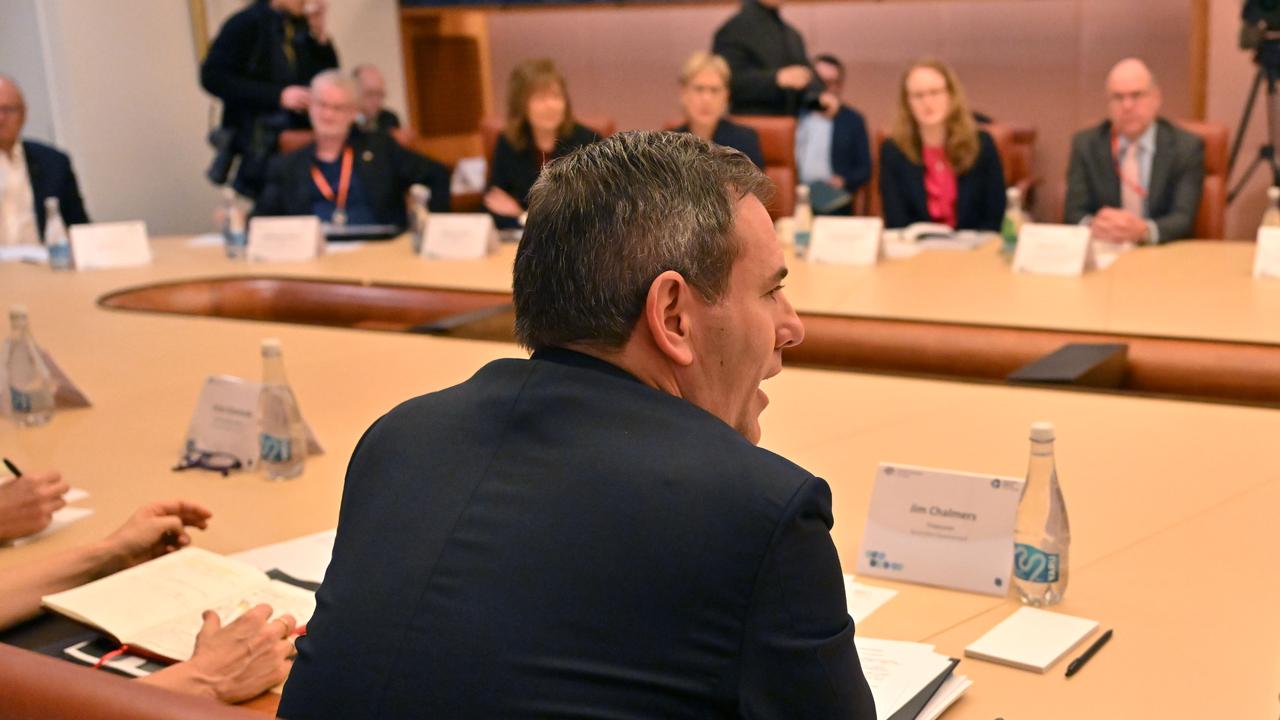
The measure sits alongside other ideas to get homes built more quickly, including accelerating planning approvals and doing more to kickstart modular, efficient construction.
Exactly how Housing Minister Clare O’Neil will go about streamlining the construction code is not yet clear.
A simplification and tidy up has broad support, with few disputing the need for standards that work together better and are easier to navigate.
But putting the code in deep freeze – that is, a hiatus on updates that usually occur every three years – has proven less of a slam dunk.
Ms O’Neil has kept the door open to a temporary hold though distanced herself from a Peter Dutton-era coalition policy to keep the code on ice for 10 years.
“The balance we are trying to strike is how to maintain high standards, but not create, effectively, a moving target for builders,” she told ABC TV on Thursday.
The housing minister also pointed to a Productivity Commission report that identified red tape, including the construction code, as a key reason for a slower rate of home building than in the past.
The Housing Industry Association and the Master Builders Association favour a freeze, with the latter’s chief executive Denita Wawn, specifically calling for a review and pause on “non-essential” changes, including energy efficiency requirements, out to mid-2029.
This is the duration of the Housing Accord period, a national target of 1.2 million new homes that’s in danger of falling short.
The head of the Australian Council of Social Service, Cass Goldie, was the most critical of all the roundtable participants of a possible construction code freeze.
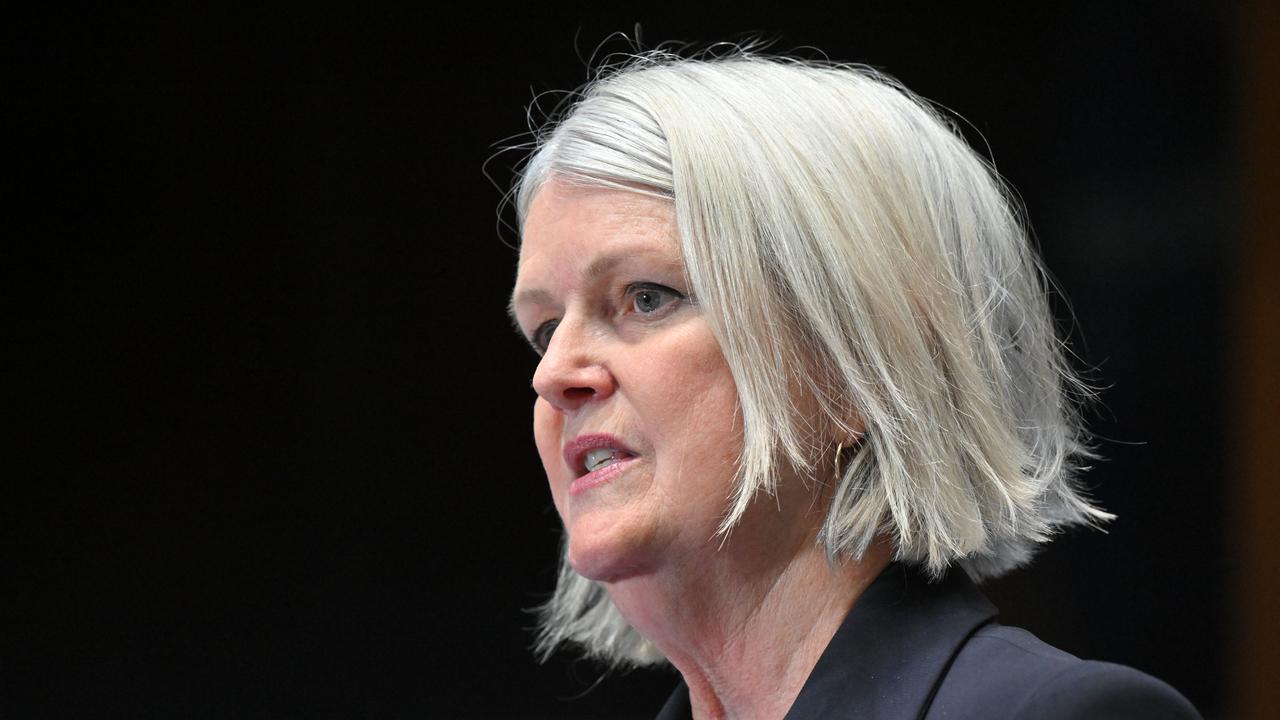
She was open to streamlining the code but warned households least able to afford home retrofits for a changing climate and energy future “have a lot to lose” if reforms miss the mark.
It’s a sentiment shared by Solar Citizens chief executive officer Heidi Lee Douglas, who says renters and apartment owners are already largely locked out of clean energy and efficient, electric homes.
Renew board president and architect Dick Clarke believes there are opportunities to strip complexity from the construction code without dumbing it down.
“I would agree, absolutely, that the construction code is overly complex, but it doesn’t need to be as complex to maintain high standards,” he tells AAP.
Going on hiatus until 2029 would forgo opportunities to keep chipping away at housing sustainability and energy efficiency, problems he sees as pivotal in the context of ever-increasing temperatures, including days above 50C in Western Sydney.
He also views wasted energy as a drag on household budgets, and by extension their productivity and ability to invest.
“Any kilowatt of energy drawn in by a building has to be paid for, and who pays for it?”
Homes and other buildings are also attached to an electricity grid undergoing transformation away from emissions-intensive coal power, as per national climate goals.
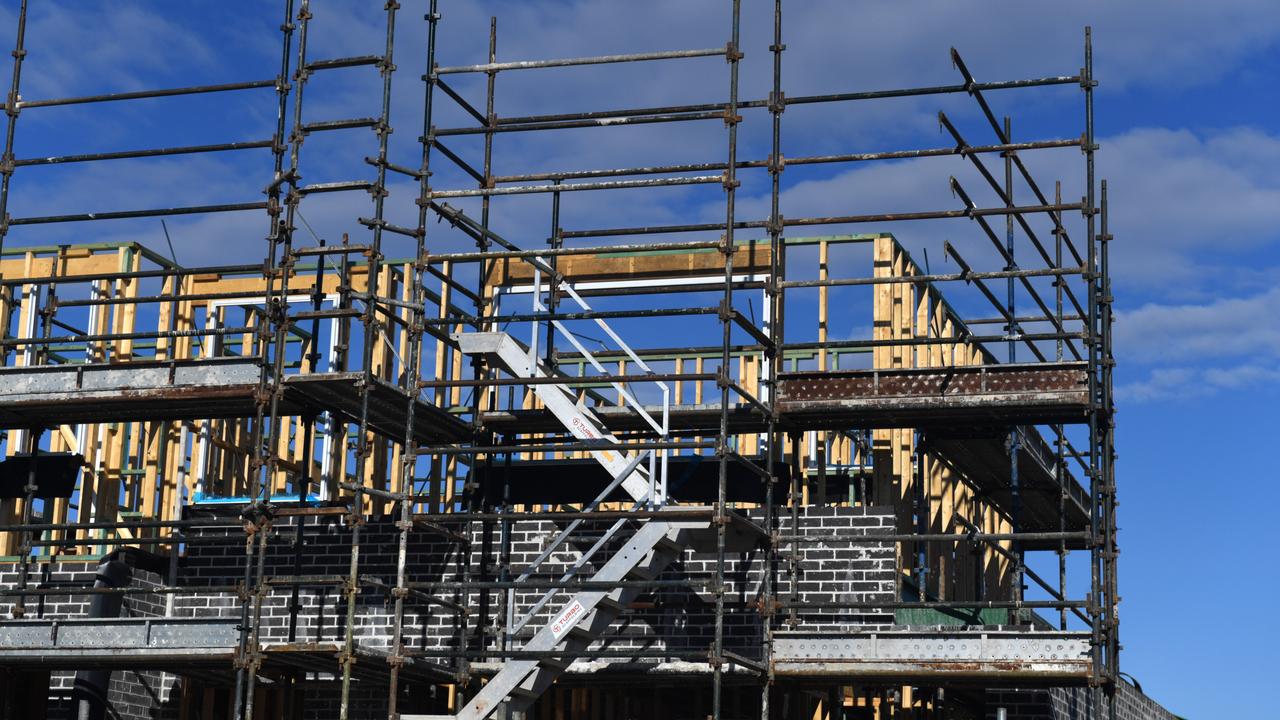
Mr Menzel says it’s becoming increasingly important for buildings to interact cleverly with the energy grid to better co-ordinate household and business electricity demand with solar and wind generation.
“If you don’t have buildings playing nicely on the grid, that means you need to build more network infrastructure, you need to build more generation infrastructure, and that pushes up prices for all Australian businesses and households,” he says.
“This is not some esoteric issue.”
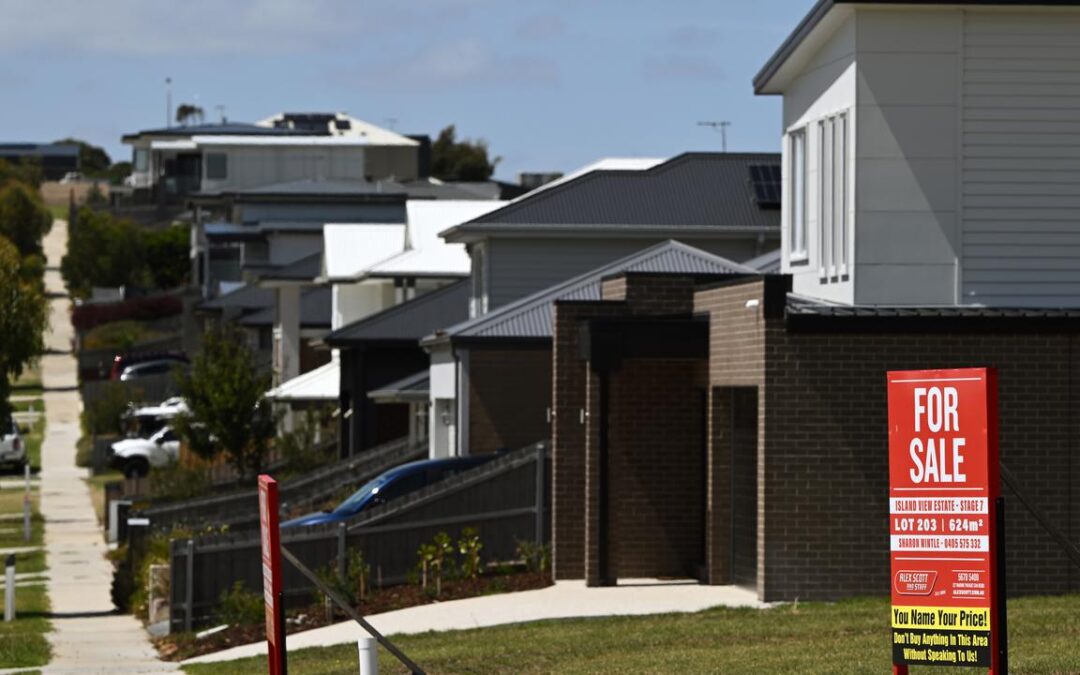
Big ideas to fix housing left untouched at roundtable
Australia’s productivity roundtable has produced some useful housing ideas but they will do little to increase affordability, economists say.
Wrapping up the government’s three-day summit, Treasurer Jim Chalmers announced a suite of reforms aimed at making the market more affordable.
They include reducing complexity and red tape in the national construction code, making it easier for developers to build new homes.
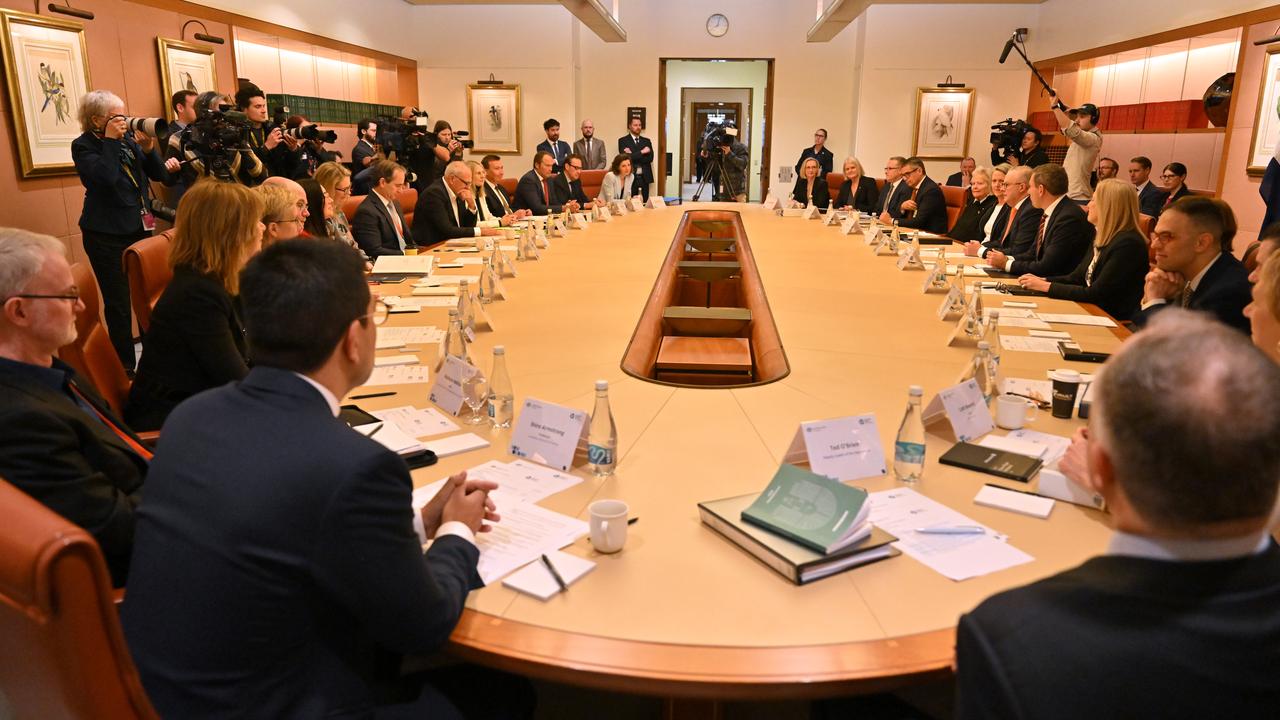
Trimming the regulatory thicket would cut the cost of a new house by about $10,000, chief economist for the Centre for Independent Studies Peter Tulip said.
The median house price in Sydney is about $1.7 million.
“These announcements will be welcomed by almost everyone in the construction industry,” Mr Tulip told AAP.
“But it’s not the biggest problem we face in that housing market, and it’s not the biggest restriction to worry about.”
The roundtable failed to address the restrictions imposed on housing supply through zoning and planning, Mr Tulip said.
Leaked Treasury advice warned that the government’s goal of building 1.2 million new homes in five years was not on track to be met.
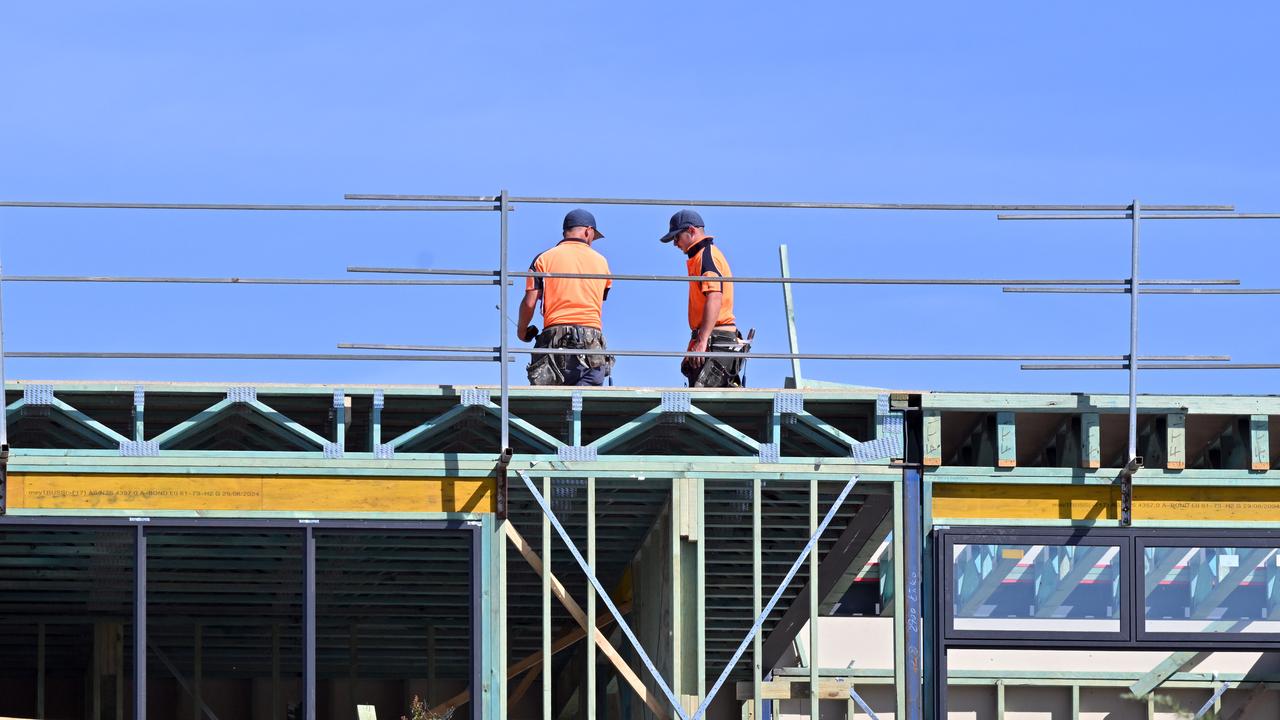
Mr Tulip argued incentives needed to be brought forward for state and territory governments to reach their housing targets, who face strong opposition from locals against nearby development.
Under the federal government’s new homes bonus, states and territories that meet their housing targets receive a share of a $3 billion fund, but the bonus is not payable until after the five-year period.
Bringing the payments forward would increase incentives for decision makers at no extra cost to the Commonwealth, Mr Tulip said.
“You’ve got people in state and local governments making very difficult, controversial decisions now facing lots of opposition, and they won’t be around in five years’ time to get this payment,” he said.
Pausing the national construction code was supported by states during the roundtable discussions, NSW Treasurer Daniel Mookhey said.
“Anything that is impeding us from converting approvals to homes needs to go,” he said.
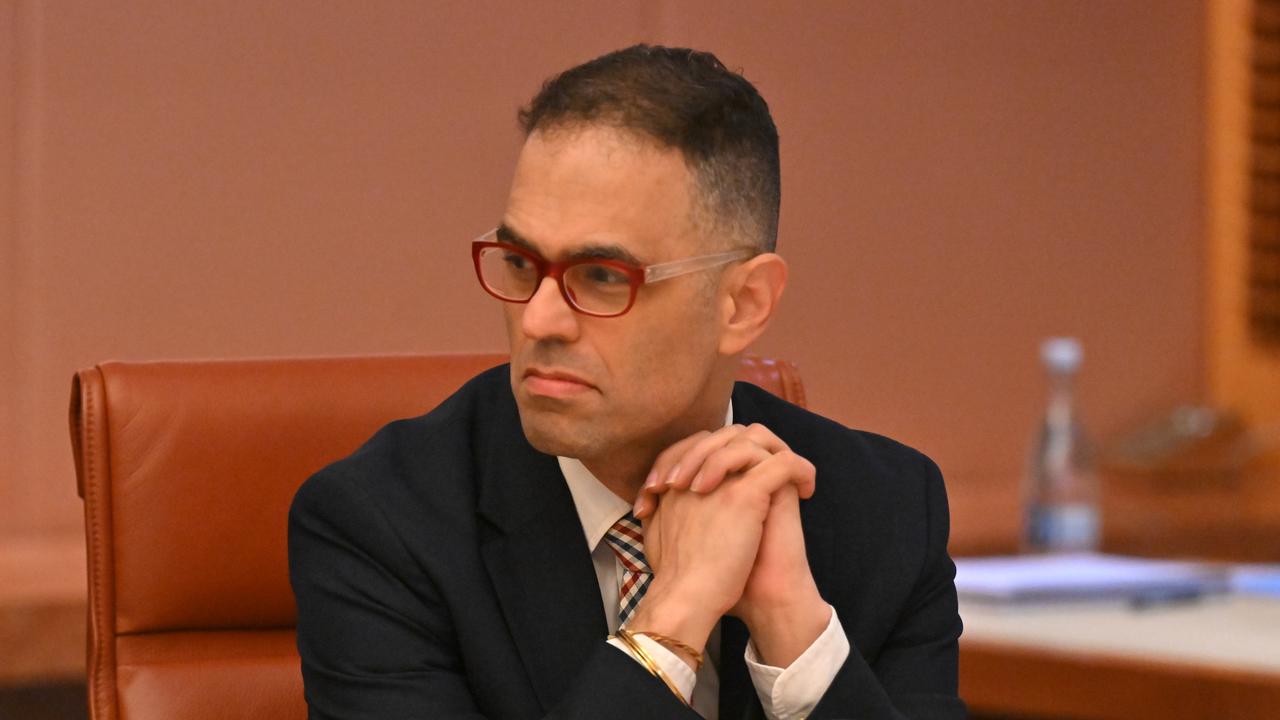
The NSW government put $5 million aside in the 2024 state budget to rollout artificial intelligence planning approvals, the treasurer said.
“We’ve already seen how that is helping us make some better decisions,” he said.
“We think there’s good examples of how those lessons can be spread across the nation.”
The first step towards reform is one of the hardest things for state and territory governments to undertake, Business Council of Australia chief executive Bran Black said after the roundtable.
He pointed to strategies used by states including up-zoning of developments around key transport nodes in Victoria.
“If you could take a suite of those things that are already done in one state and say, let’s make this the norm across the federation, that will make a huge difference,” Mr Black said.
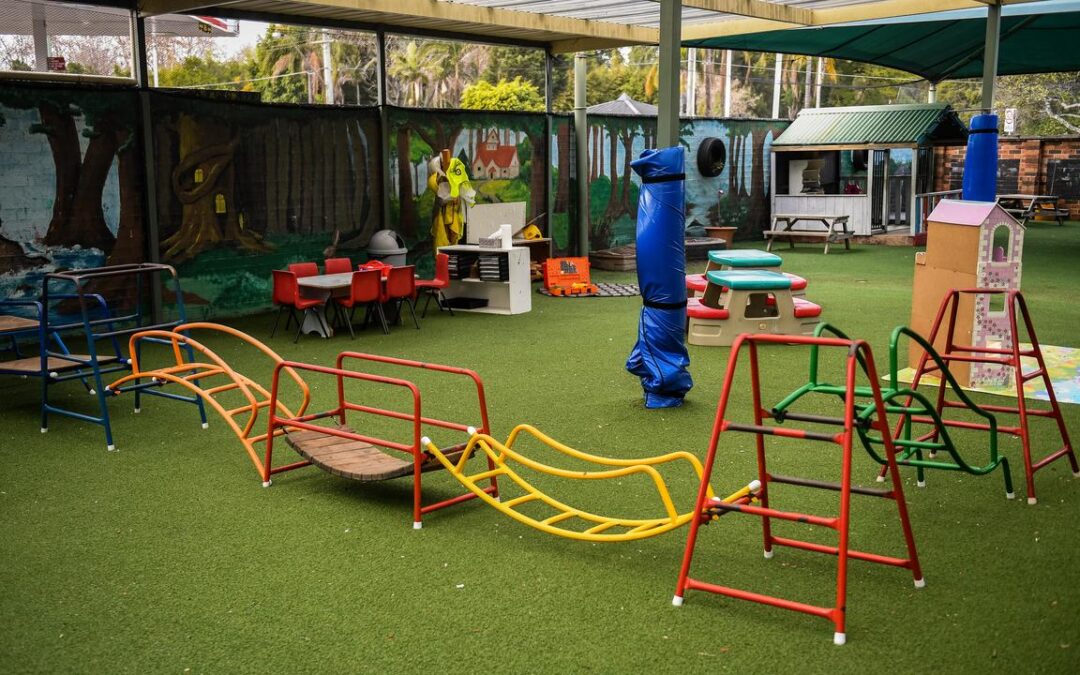
Fears childcare crackdown won’t stop kids being abused
Governments are being urged to hold for-profit childcare providers to account amid concerns safety changes will not address key drivers of abuse.
Federal, state and territory education ministers have agreed to a $189 million trial of CCTV at 300 small and medium childcare operators.
A national register for childcare workers is expected to roll out in February.
Mobile phones will be banned from September, site visits will increase and workers will have mandatory training to detect and report suspected grooming and abuse.
The crisis meeting came after Melbourne childcare worker Joshua Dale Brown was charged with sexually abusing eight children under the age of two.
Brown was known to have worked at 24 facilities between 2017 and 2025.
Early childhood education consultant Lisa Bryant said cameras were good at helping police find perpetrators of abuse that had already happened.
“But I don’t think that they actually stop people from abusing children and so I’m worried about the focus on that,” Ms Bryant said.
She highlighted a high turnover of inexperienced staff who were paid “really poorly” at for-profit providers.

In her submission to a NSW inquiry into the sector earlier in August, Ms Bryant said media attention and criminal charges had prompted a rush of solutions and levers such as CCTV and phone bans, which were the “wrong answers” to the broader issue.
“The better question is what changed in the sector to make abuse more possible and more likely?” Ms Bryant said.
“The entrance and dominance of private equity and corporate providers is what fundamentally changed this sector.”
The Independent Education Union’s NSW secretary, Carol Matthews, called for centre owners and operators to be included in mandatory training, as they often had the final say in referring child safety reports to authorities.
“It is high time that for-profit providers were held to account for failing to ensure the safety of children in their care,” she said.

“The focus on profits rather than high-quality education and care is a big reason behind safety breaches.”
The federal government has vowed to cut off funding to for-profit providers that fail to meet national safety and quality standards.
Childcare worker wages are being increased by 15 per cent over two years under laws that passed federal parliament in November.
Education Minister Jason Clare said restoring confidence among parents would be an ongoing challenge.
“The awful truth is this work will never end because there will always be bad people who try to poke holes in the system and find vulnerabilities,” he said.
1800 RESPECT (1800 737 732)
National Sexual Abuse and Redress Support Service 1800 211 028
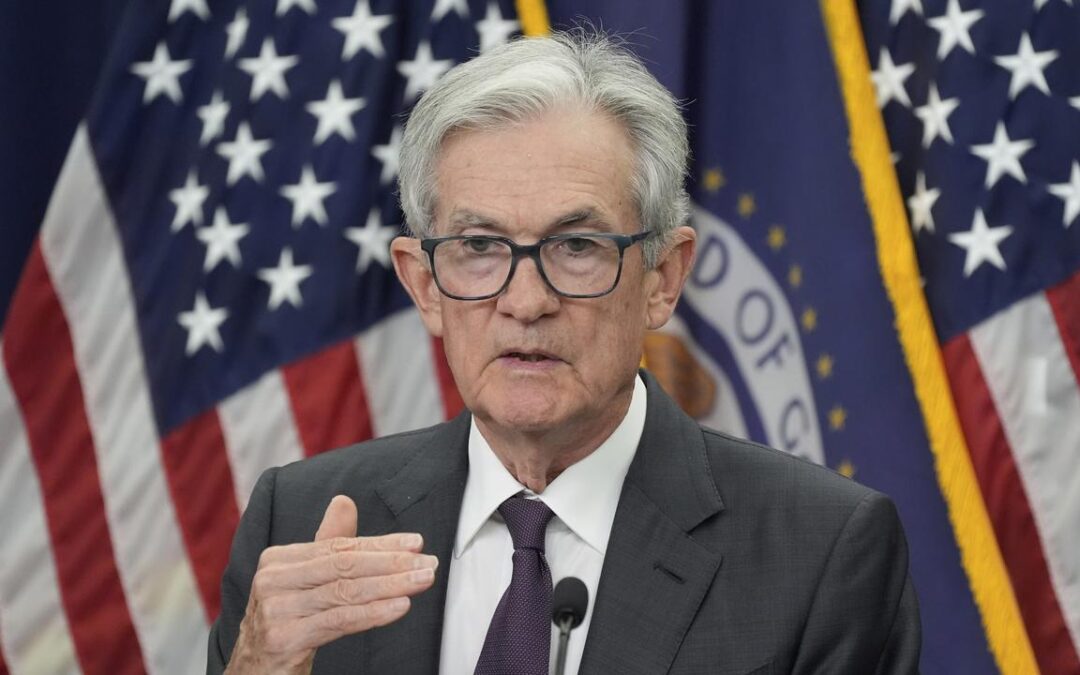
Powell signals US Fed may cut rates soon
US Federal Reserve Chair Jerome Powell has opened the door ever so slightly to lowering a key interest rate in the coming months but gave no hint on the timing of a move.
This suggested the central bank will proceed cautiously as it continues to evaluate the impact of tariffs and other policies on the economy.
In a high-profile speech that will be closely watched at the White House and on Wall Street, Powell said that there are risks of both rising unemployment and stubbornly higher inflation.
That puts the Fed in a tough spot, because it would typically cut its short-term rate to boost hiring, while keeping it high — or raising it — to fight inflation.
“The stability of the unemployment rate and other labour market measures allows us to proceed carefully as we consider changes to our policy stance,” Powell said in prepared remarks.
That suggests the Fed will continue to evaluate jobs and inflation data as it decides whether to cut rates, including at its next meeting Sept. 16-17.
“Nonetheless, with policy in restrictive territory, the baseline outlook and the shifting balance of risks may warrant adjusting our policy stance,” he added, a more direct sign that Powell is considering a rate cut than he has made in previous comments.
Still, Powell’s remarks suggest the Fed will still proceed carefully in the coming months and will make its rate decisions based on how inflation and unemployment evolve in the coming months.
That may frustrate financial markets, which have hoped for clearer signals of the Fed’s next moves, and President Donald Trump, who has castigated Powell for not lowering rates sooner.
Powell spoke at the Fed’s annual economic symposium in Jackson Hole, Wyoming, a conference with about 100 academics, economists, and central bank officials from around the world.
Powell spoke as markets largely expect a rate cut in September, according to futures pricing, though those odds have slipped this week.
Trump has repeatedly called for rate cuts, arguing there is “no inflation” and saying that a cut would lower the government’s interest payments on its $US37 ($A58) trillion in debt.
Trump and his allies have ramped up attacks on the Fed, including this week by calling on a Fed governor, Lisa Cook, to resign, after a Trump official alleged she may have committed mortgage fraud.
In his remarks, the Fed chair underscored that tariffs are lifting inflation and could push it higher in the coming months.

He also suggested that the job market isn’t clearly weakening in a way that would push the Fed to reduce borrowing costs, which can boost growth and hiring.
“The effects of tariffs on consumer prices are now clearly visible. We expect those effects to accumulate over coming months, with high uncertainty about timing and amounts,” Powell said.
Inflation has crept higher in recent months, though it is down from a peak of 9.1 per cent three years ago.
Tariffs have not spurred inflation as much as some economists worried but are starting to lift the prices of heavily imported goods such as furniture, toys, and shoes.
Consumer prices rose 2.7 per cent in July from a year ago, above the Fed’s target of 2.0 per cent.
Excluding the volatile food and energy categories, core prices rose 3.1 per cent.
Regarding the job market, Powell noted that even as hiring has slowed sharply this year, the unemployment rate remains low.
He added that with immigration falling sharply, fewer jobs are needed to keep unemployment in check.
Yet with hiring sluggish, the risks of a sharper downturn, with rising layoffs, have risen, Powell said.

Everyday AI use brings a hidden climate cost
Marissa Loewen first started using artificial intelligence in 2014 as a project management tool because she has autism and ADHD and it helps her organise her thoughts.
“We try to use it conscientiously, though, because we do realise that there is an impact on the environment,” she said.
Her personal AI use isn’t unique anymore.
Now it’s a feature in smartphones, search engines, word processors and email services.
Every time someone uses AI, it uses energy that is often generated by fossil fuels.
That releases greenhouse gases into the atmosphere and contributes to climate change.
And it’s getting harder to live without it.
AI is largely powered by data centres that field queries, store data and deploy information.
As AI becomes ubiquitous, the power demand for data centres increases, leading to grid reliability problems for people living nearby.
“Since we are trying to build data centres at a pace where we cannot integrate more renewable energy resources into the grid, most of the new data centres are being powered by fossil fuels,” said Noman Bashir, computing and climate impact fellow with MIT’s Climate and Sustainability Consortium.
The data centres also generate heat, so they rely on fresh water to stay cool.
Larger centres can consume up to 18.9 million litres a day, or close to eight Olympic swimming pools, according to the Environmental and Energy Study Institute.
It’s difficult to imagine, because for most users the impact isn’t visible, said AI and Climate Lead Sasha Luccioni with the AI company, Hugging Face.
“In one of my studies, we found that generating a high-definition image uses as much energy as charging half of your phone. And people were like, ‘That can’t be right, because when I use Midjourney (a generative AI program), my phone battery doesn’t go down,'” she said.
Jon Ippolito, professor of new media at the University of Maine, said tech companies are constantly working to make chips and data centres more efficient, but that does not mean AI’s environmental impact will shrink.
That’s because of a problem called the Jevons Paradox.
“The cheaper resources get, the more we tend to use them anyway,” he said.
When cars replaced horses, he said, commute times didn’t shrink. We just travelled further.

How much those programs contribute to global warming depends on a lot of factors, including how warm it is outside the data centre that’s processing the query, how clean the grid is and how complex the AI task is.
Information sources on AI’s contributions to climate change are incomplete and contradictory, so getting exact numbers is difficult.
But Ippolito tried anyway.
He built an app that compares the environmental footprint of different digital tasks based on the limited data he could find.
It estimates that a simple AI prompt, such as “Tell me the capital of France,” uses 23 times more energy than the same question typed into Google without its AI Overview feature.
“Instead of working with existing materials, it’s writing them from scratch. And that takes a lot more compute,” Luccioni said.
And that’s just for a simple prompt.
A complex prompt, such as “Tell me the number of gummy bears that could fit in the Pacific Ocean,” uses 210 times more energy than the AI-free Google search.
A three-second video, according to Ippolito’s app, uses 15,000 times as much energy.
It’s equivalent to turning on an incandescent lightbulb and leaving it on for more than a year.
It’s got a big impact, but it doesn’t mean our tech footprints were carbon-free before AI entered the scene.
Watching an hour of Netflix, for example, uses more energy than a complex AI text prompt.
An hour on Zoom with 10 people uses 10 times that much.
“It’s not just about making people conscious of AI’s impact, but also all of these digital activities we take for granted,” he said.
Ippolito said he limits his use of AI when he can.
He suggests using human-captured images instead of AI-generated ones.
He tells the AI to stop generating as soon as he has the answer to avoid wasting extra energy.
He requests concise answers and he begins Google searches by typing “-ai” so it doesn’t provide an AI overview for queries where he doesn’t need it.
Loewen has adopted the same approach. She said she tries to organise her thoughts into one AI query instead of asking it a series of iterative questions.
She also built her own AI that doesn’t rely on large data centres, which saves energy in the same way that watching a movie you own on a DVD is far less taxing than streaming one.
“Having something local on your computer in your home allows you to also control your use of electricity and consumption. It allows you to control your data a little bit more,” she said.
Luccioni uses Ecosia, which is a search engine that uses efficient algorithms and uses profits to plant trees to minimise the impact of each search.
Its AI function can also be turned off.
ChatGPT also has a temporary chat function, so the queries you send to the data centre get deleted after a few weeks instead of taking up data centre storage space.
But AI is only taking up a fraction of the data centre’s energy use.
Ippolito estimates roughly 85 per cent is data collection from sites like TikTok and Instagram, and cryptocurrency.
His answer there: make use of screen time restrictions on your phone to limit time scrolling on social media.
Less time means less personal data collected, less energy and water used, and fewer carbon emissions entering the atmosphere.
“If you can do anything that cuts a data centre out of the equation, I think that’s a win,” Ippolito said.
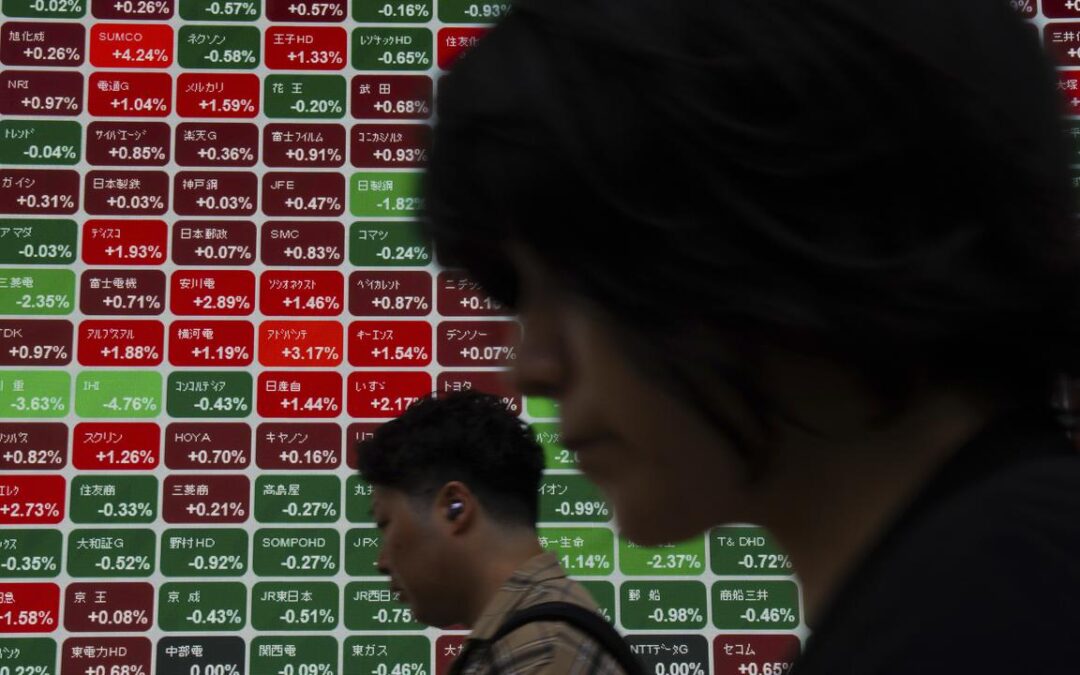
Global Stocks flad as traders await Powell speech
Stocks are broadly flat as traders await a key speech from Federal Reserve chair Jerome Powell at the annual Jackson Hole symposium that could shed light on the future direction of monetary policy.
Powell’s past speeches at the event have often moved markets, and his remarks this weekend face particularly close scrutiny as his position comes under heavy criticism from US President Donald Trump, sparking concerns about potential threats to the Fed’s independence.
A surge in US producer prices in July has caused investors to pare bets on Fed rate cuts, with futures markets now pricing a 66 per cent chance of a 25 basis point cut at its next meeting in September, down from an 85 per cent chance just a week ago.
Other Fed speakers at the Jackson Hole event have also appeared lukewarm on the idea of a September cut, despite recent signs of weakness in the US labour market.
A cautious tone from Powell on prospects for a September cut deferring to forthcoming jobs and inflation data could be enough to pare market pricing to a 50-50 call, said Nabil Milali, portfolio manager at Edmond de Rothschild Asset Management.
Powell may also choose to defend the Fed’s independence, Milali said.
“We think that the unofficial theme of this meeting would be central banks’ independence,” he said.
MSCI’s broadest index of global stocks was broadly flat on Friday after European stocks edged higher in morning trading.
Wall Street futures were up 0.1 per cent to 0.2 per cent.
China’s CSI 300 Index gained 2.1 per cent, after DeepSeek released an upgrade to its flagship V3 AI model and Reuters reported that Nvidia had asked Foxconn to suspend work on the H20 AI chip, lending support to Chinese rivals.
The dollar index, which measures the greenback against six peers, edged 0.1 per cent higher, while the euro slipped 0.1 per cent to $US1.15985 after a revision to official data showed Germany’s economy shrank by 0.3 per cent in the second quarter.
Japanese data showed core consumer prices slowed for a second straight month in July but stayed above the central bank’s two per cent target, keeping alive expectations for a rate hike in the coming months.
That did little to help the yen, though, which was poised for a one per cent decline for the week. BOJ governor Kazuo Ueda will also speak at Jackson Hole.
Oil prices slipped, with Brent crude last trading down 0.2 per cent at $US67.5 a barrel, following strong gains on Thursday as Russia and Ukraine blamed each other for a stalled peace process.
Gold edged lower, with spot bullion off 0.2 per cent at $US3,330.9 per ounce.

Pro-Palestine march changes route after bridge ban
Pro-Palestine protesters have dropped plans to march across Brisbane’s Story Bridge after a court ruled it posed a threat to safety.
Justice for Palestine Magan-djin wanted up to 10,000 people to cross the major bridge on Sunday as part of a national day of action.
But a magistrate backed a police bid to have the march declared unauthorised, removing legal protections for those who took part.

Rally organiser Remah Naji on Friday said the Brisbane Magistrates Court had approved a new route that would instead feature the Victoria Bridge.
“It is true that we wanted to cross Story Bridge for the visibility because of the situation in Gaza and the ongoing genocide that demands visibility,” she said.
“The truth of the matter is we did get visibility without the need to cross the bridge.
“For now we are going to cross Victoria Bridge, crossing the river for a free Palestine.”
The alternative route will proceed through the Brisbane CBD, cross the Victoria Bridge and end in a much larger park than originally proposed.
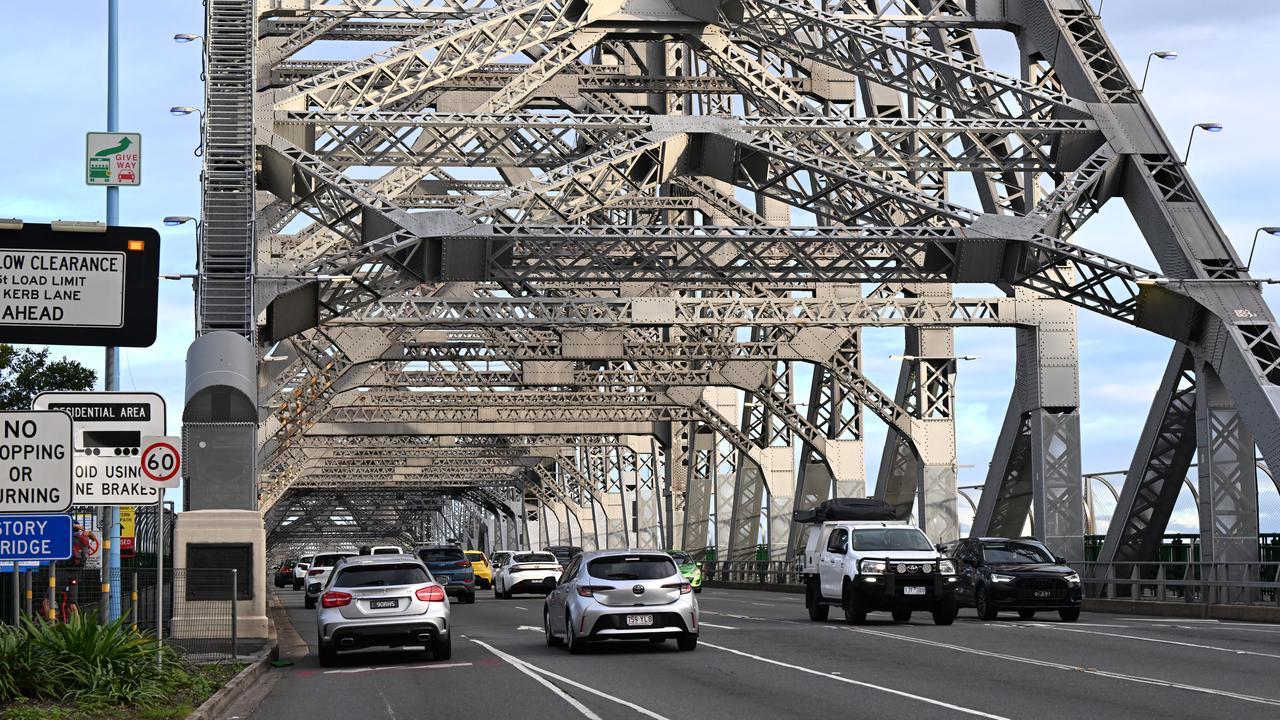
Police on Friday said the Victoria Bridge option was a well-established route where multiple previous marches had been safely overseen.
“The Queensland Police Service is confident we can facilitate this new proposed route safely and continue support people’s right to protest without posing risk to public safety or extensive disruption,” a police spokesperson said.
Justice for Palestine Magan-djin proposed the rally as part of Sunday’s nationwide day of action billed as the largest pro-Palestine demonstration in Australia’s history.
More than 20 cities and towns, including all capitals, are set to feature to highlight the humanitarian crisis in Gaza.
Chief Magistrate Janelle Brassington ruled on Thursday a march across the Story Bridge would pose a significant risk to public safety.
Acting Assistant Commissioner Rhys Wildman had testified in court he could not manage the risk to protesters while keeping access for emergency services vehicles to cross the six-lane landmark.
Commissioner Wildman said he had offered an alternative “tried and tested” route that involved starting at Queens Gardens in Brisbane’s CBD and using the Victoria Bridge to cross into Musgrave Park.
The same route was proposed by Justice for Palestine Magan-djin on Friday and approved by the court.
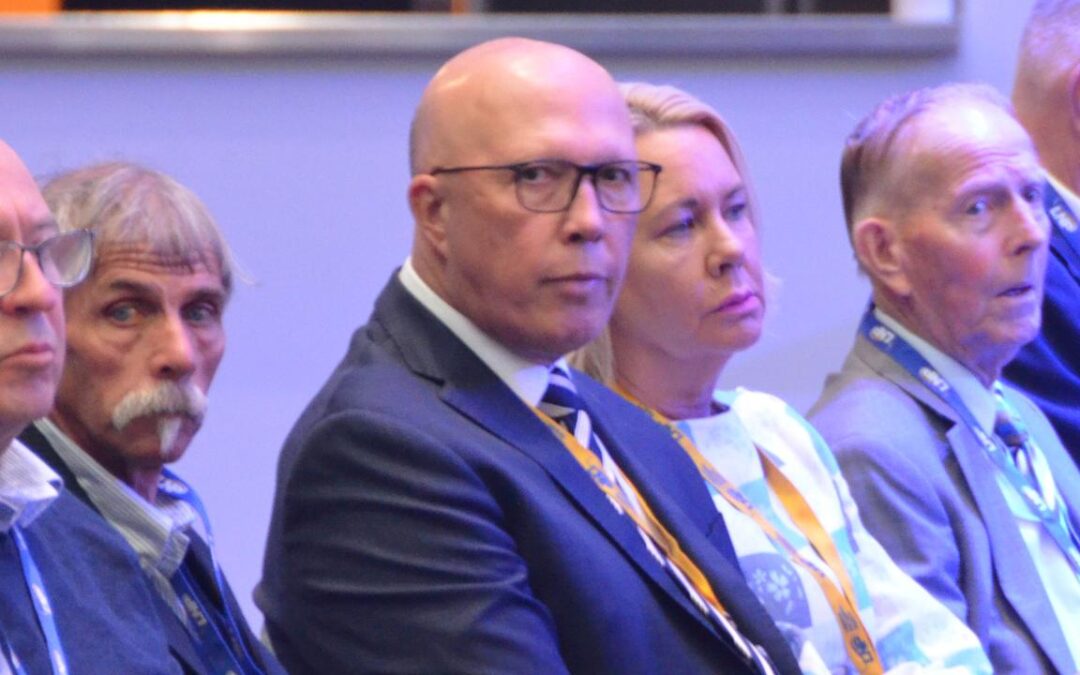
‘Too old’: what Peter Dutton won’t be doing next
Sightings of Peter Dutton have been rare since a crushing federal election loss.
But the former opposition leader stole the limelight at the annual Liberal National Party convention, making a surprise appearance in Brisbane on Friday.
He received a standing ovation after being hailed as a “great son of the party” by outgoing president Lawrence Springborg and got another during praise from successor Sussan Ley.
But Mr Dutton, 54, ruled out making a comeback despite the reception, saying he was “too old for that”.
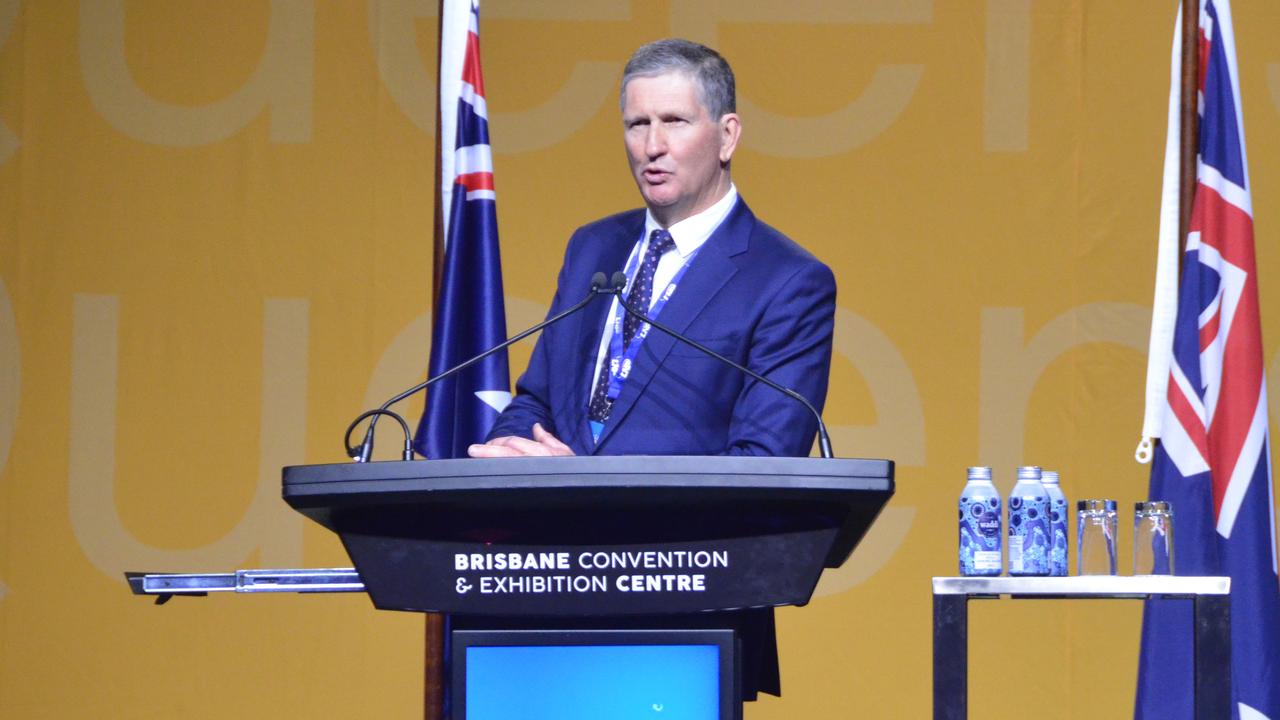
Mr Dutton had kept a low profile since a devastating federal campaign, when the coalition lost the election and he was dumped from his Brisbane seat of Dickson.
Yet he was hard to miss as he joined hundreds of party members for the opening day’s addresses.
Mr Dutton was “very grateful” for the rousing ovations after glowing tributes from Ms Ley and Mr Springborg, the architect of the 2008 LNP merger in Queensland.
“I have a lot of friends in the room,” he told reporters.
“I’ve dedicated almost a quarter of a century to this party and love our state and our country and I’ll always do everything I can to see the best days ahead of us.”
Asked if he would consider a political return, Mr Dutton said: “No mate, I’m too old for that”.
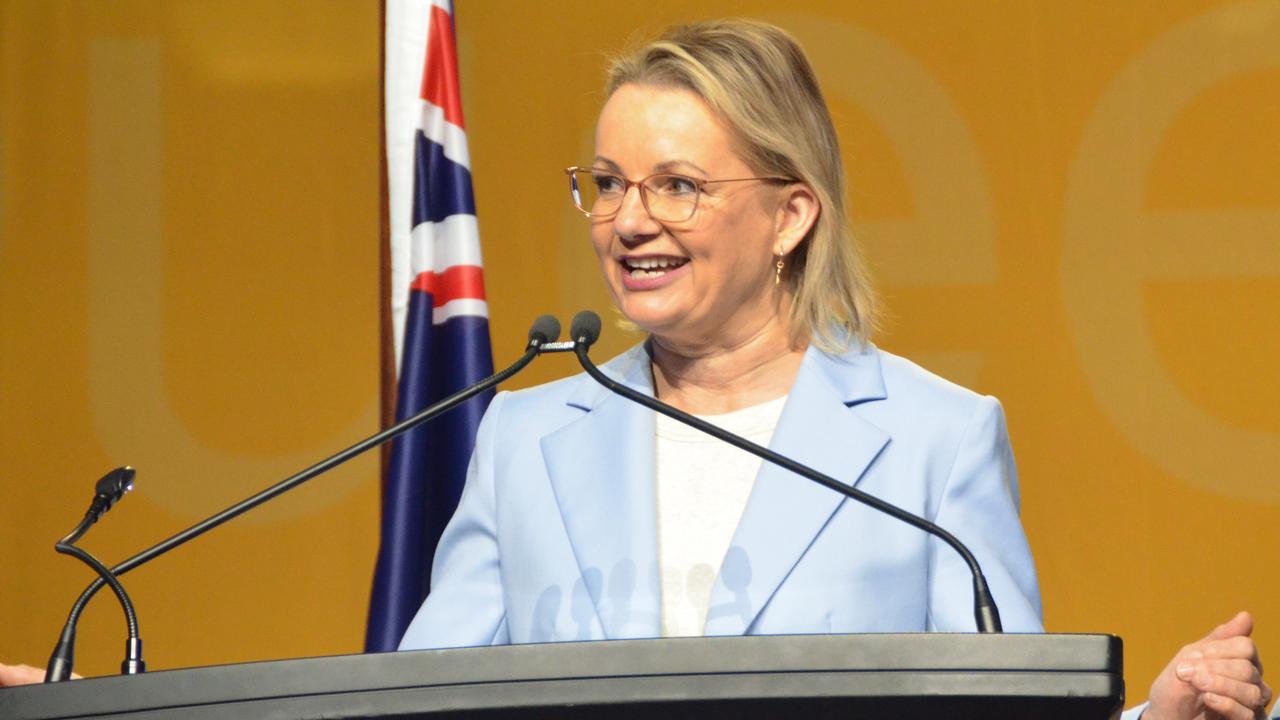
Mr Dutton said his successor Ms Ley was doing a “great job” after soaking up her opening day address.
“I think you saw in Sussan’s speech today a commitment to the principles which are important to families, small business, and making sure that the vision is there for the next election,” he said.
In her speech, Ms Ley said they must face the reality of the federal election after Labor pulled off its biggest victory since 1943.
Plans to modernise and broaden the LNP’s appeal were paramount, she said.
“Our task is to take the lessons of defeat and turn them into the foundations of renewal.”
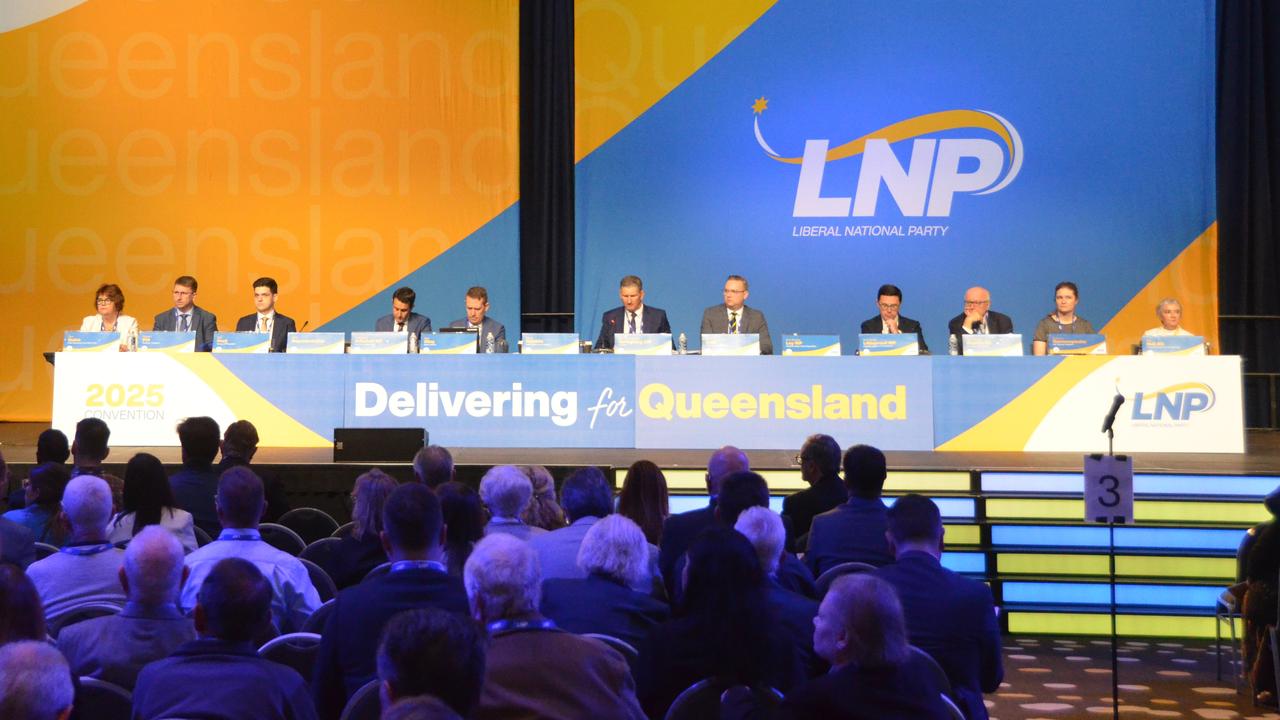
Ms Ley said years under Mr Dutton would help guide her through LNP’s next phase.
“Your record is one of courage, commitment and conviction. I’m proud to have been your deputy for three years,” she said of Mr Dutton.
“I think about Peter often as I walk the corridors of Parliament House. What would Peter say? What would you do?”
Mr Springborg said Mr Dutton would have been prime minister with a four-seat majority if the party’s Queensland May 2025 federal poll success was repeated nationwide.
The coalition holds 16 of 30 seats in Queensland after winning more than 50 per cent of the two-party preferred vote at the federal election.
Mr Springborg is set to step down as party president, a position he has held since 2021.
His impact has spanned decades, playing an instrumental role in creating the LNP 17 years ago.
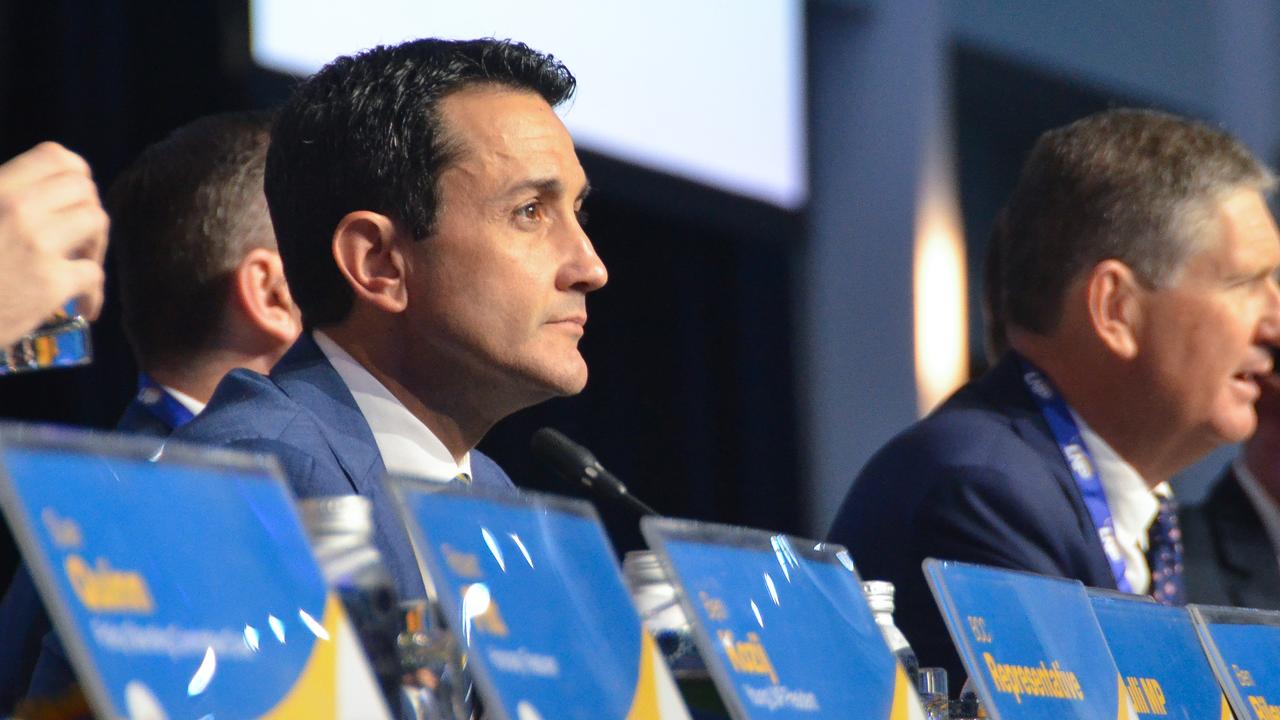
The LNP has dominated Australia’s biggest council – Brisbane City – for 20 years, while David Crisafulli ended Labor’s nine-year reign at the 2024 state election.
It also maintained a lower-house majority in Queensland at the federal election despite Labor’s crushing win.
Mr Springborg – who led the LNP in 2008-2009 and 2015 -2016 – will remain Queensland border town Goondiwindi’s mayor.
Nationals leader David Littleproud will feature at the three-day convention on Saturday, with Mr Crisafulli on Sunday.
The party will debate 163 resolutions in open sessions, with topics including abandoning net zero, phasing out pokies and an anti-Semitism summit.